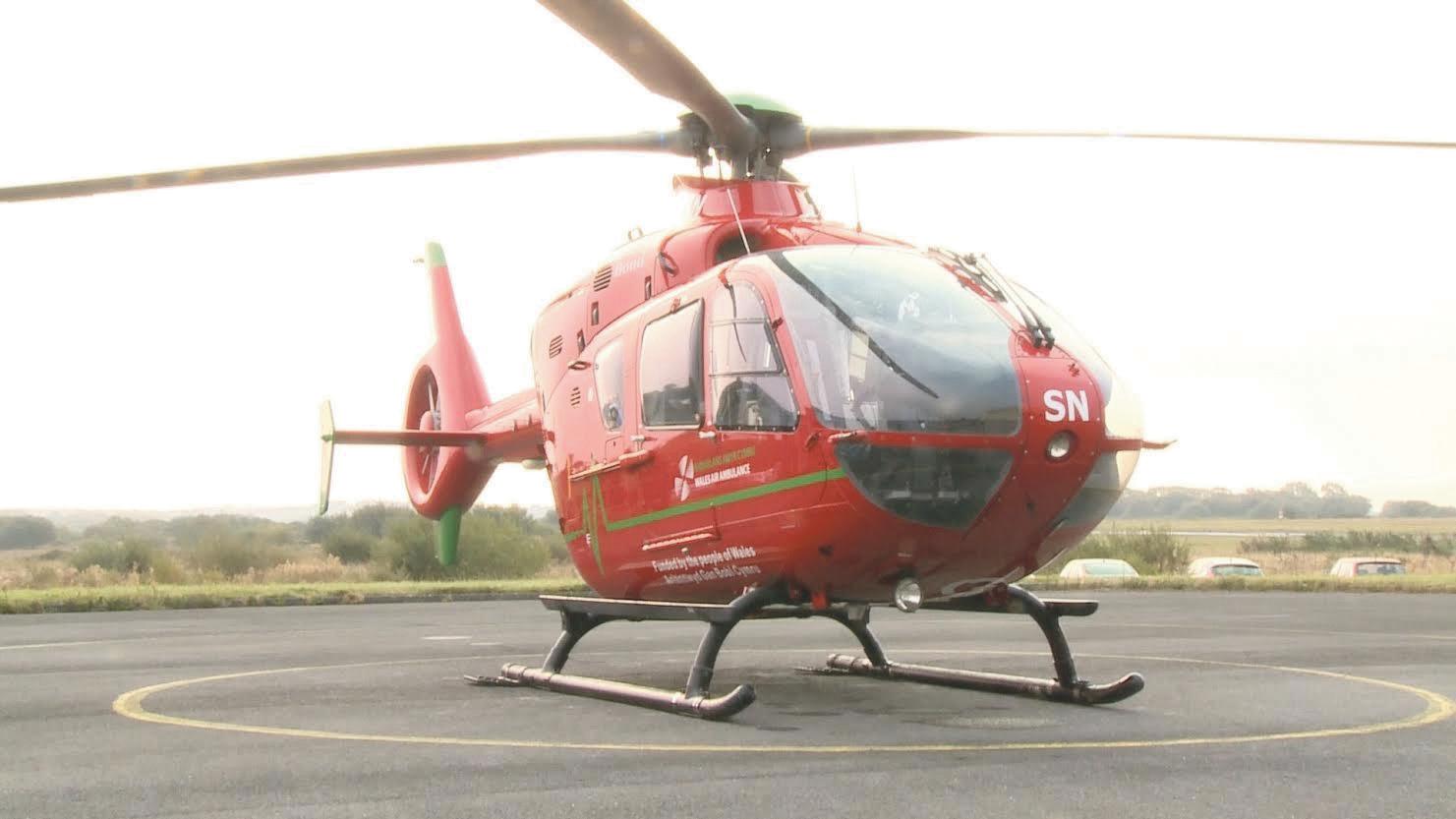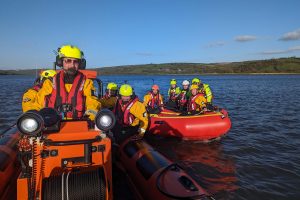HELICOPTER landing sites across Wales will be improved so they are available 24 hours a day in preparation for the launch of the country’s new ‘Flying

Doctors’ service – EMRTS Cymru – in April, Welsh Labour’s Deputy Health Minister Vaughan Gething has announced.
A number of hospitals in Wales have existing helicopter landing sites but only three currently support 24-hour-a-day landings – Ysbyty Gwynedd in Bangor, Ysbyty Glan Clwyd in Rhyl, and Morriston Hospital in Swansea.
Welcoming the news, Rebecca Evans AM said: “The new flying doctors service will help deliver emergency response teams to rural areas across Wales, and the development of the landing sites to enable them to be used 24 hours a day will ensure that the service can be used to its full potential. Wales is blessed with some of the most rugged and beautiful scenery in the World but the geography and topography also makes travel challenging. The flying doctor service will help bring emergency treatment to those who need it quickly.”
The £180,000 investment announced means helicopter landing sites, which have already been cleared for day landings, will become available for night landings. They will rely on rural volunteer or hospital response teams to deploy temporary landing lights and windsocks when alerted to the arrival of an aircraft. The initial sites to be supported include:
• Bronglais Hospital, in Aberystwyth – Penglais School playing fields, Waunfawr, Aberystwyth;
• Withybush Hospital, in Haverfordwest – Haverfordwest Airport;
• Glangwili Hospital, in Carmarthen – existing offsite helipad;
• Singleton Hospital, in Swansea – field behind Singleton Fire station;
Deputy Health Minister Vaughan Gething said: “Our aim is for the most seriously-injured and sick patients in Wales to be treated by the very best clinicians, providing world-class, life-saving treatment. In the future, these highly-specialised services will be provided at fewer hospitals but they will be supported by a network of local hospitals, offering people access to local emergency care.
The EMRTS Cymru service will transform our ability to provide the very best care to the most critically-ill patients in Wales. It will provide patients – especially those in remote and rural areas of Wales – with rapid access to the skills of a consultant in emergency or intensive care medicine, who are equipped to provide life-saving, specialist critical care. The enhancement of helicopter landing sites across Wales is an integral part of the work to ensure timely delivery of the EMRTS Cymru team and special
ist equipment to those patients. It will allow EMRTS Cymru teams to access local hospitals and transfer patients to a major trauma centre. It is also an opportunity to support the vision of the Wales Air Ambulance charity to increase their operational activity and future 24/7 air capability.”
A further 27 sites across Wales are being surveyed to provide rendezvous points for helicopters and ground vehicles.














Add Comment